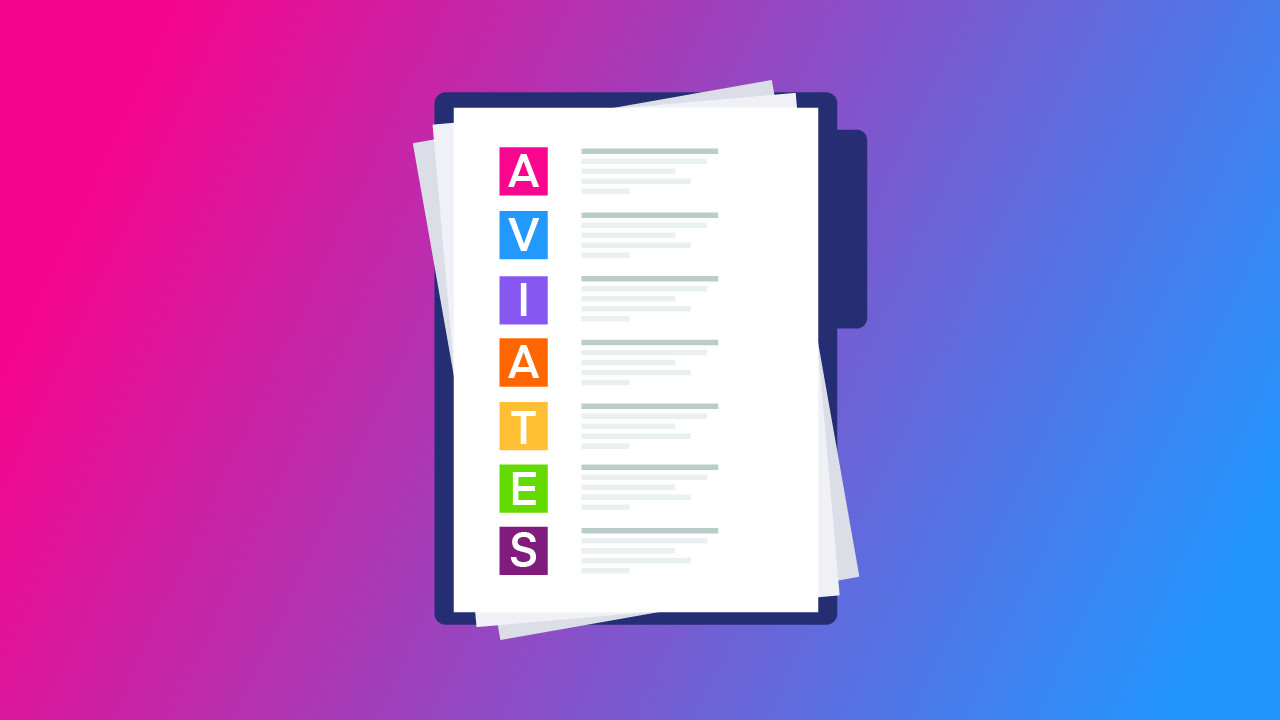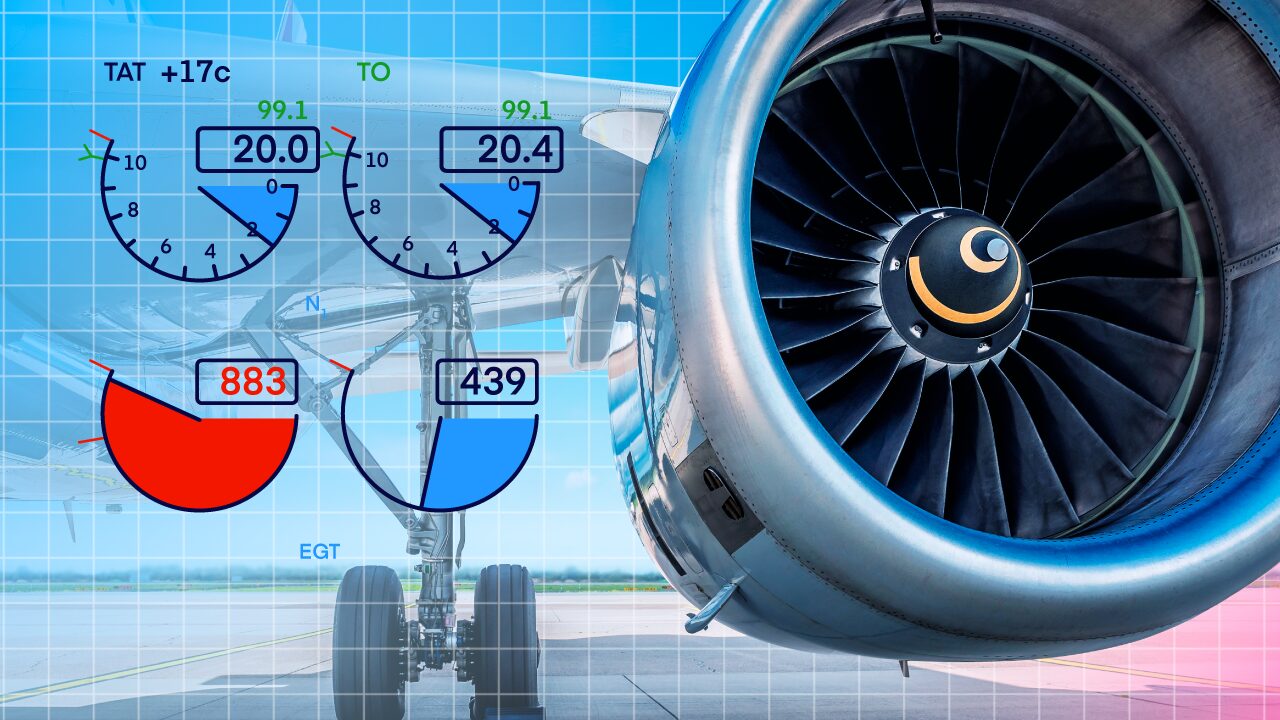As a pilot or aircraft owner, keeping your airplane airworthy is one of the most important things you can do.
But remembering every inspection and maintenance rule can be tough. That’s where the AVIATES acronym comes in handy.
It provides a quick way to check if your aircraft meets all the requirements to fly legally.
Let’s explore this acronym and why it’s so valuable.
Key Takeaways
- AVIATES keeps your aircraft legal to fly.
- Each letter represents a required inspection or task.
- Compliance keeps flights safe and avoids issues.
- Logs and tools simplify tracking inspections.
What Is the AVIATES Acronym?

AVIATES or AV1ATES is a memory aid. Each letter in AVIATES represents a specific maintenance check or inspection that Federal aviation regulations require in order to keep an aircraft airworthy. Here’s what it means:
- A – Annual Inspection
An annual inspection is required every 12 months for all aircraft. This is a thorough check performed by a mechanic with an Inspection Authorization (IA). They make sure that your aircraft meets airworthiness standards. It’s basically like giving your airplane a yearly check-up. - V – VOR Check
If you’re flying under Instrument Flight Rules (IFR), your VOR navigation equipment must be tested every 30 days. Logging the VOR check in your maintenance records is a must for compliance. - I – 100-Hour Inspection
The letter “I” in the AVIATES acronym represents the number “1,” an abbreviation of “100-hour inspection.” Aircraft used for hire or rent need a 100-hour inspection. This is similar to the annual check but is required more frequently for airplanes flown with paying passengers. - A – Airworthiness Directives (ADs)
Airworthiness directives are safety notices issued by the FAA. These must be addressed promptly to keep the aircraft airworthy. Ignoring ADs can result in a violation of FAA regulations. - T – Transponder Check
Your transponder, which helps air traffic control see your airplane on radar, needs to be inspected every 24 months. Without this, you can’t fly in most controlled airspace. - E – ELT (Emergency Locator Transmitter) Inspection
An ELT helps rescuers locate your aircraft in an emergency. It must be inspected every 12 months, and the battery should be replaced when it reaches 50% of its useful life. - S – Static System and Altimeter Check
Pilots flying under IFR need their static system and altimeter inspected every 24 months. These instruments provide critical altitude data during flight.
Why Is AVIATES Important?

Following the AVIATES acronym helps to keep your aircraft complies with federal aviation regulations.
These maintenance tasks cover everything from the airworthiness certificate to the aircraft’s equipment list. Basically, nothing is overlooked.
For instance, the transponder check is for clear communication with air traffic control. ELT inspection is for unexpected emergencies.
Skipping these inspections can lead to legal issues and risk the safety of pilots, passengers, and the aircraft itself.
How to Use AVIATES in Your Pre-Flight Routine

Here’s how you can make AVIATES part of your flying habits:
- Keep a Maintenance Log
Record every inspection. Keep up with your annual inspection and the VOR check. Write down the date and details of who performed it. This helps you know when the next one is due. - Use a Checklist
Check the minimum equipment list (MEL) to see that the required items are covered. These include things like the oil pressure gauge, fuel gauge, and attitude indicator. - Ask Your Mechanic Questions
Certified mechanics can help you stay on top of repairs and inspections. Never hesitate to ask questions about keeping your aircraft up to standards. - Use Apps or Tools
Apps and software designed for aircraft operators can simplify tracking maintenance and required inspections.
How AVIATES Supports Safe Flying

From day-to-day flight operations to preparing for international flights, you’ll lean on AVIATES. For example:
- The airworthiness certificate confirms your aircraft meets safety standards.
- Inspections of the static system and altimeter prevent altitude errors during both Visual Flight Rules and IFR operations.
- Regular checks of position lights, the manifold pressure gauge, and seat belts make sure all systems are functioning properly.
Common Questions About AVIATES
- Do private pilots need to follow all parts of AVIATES?
Not always. For example, the 100-hour inspection is only required if you’re flying for hire. But it’s still good to know the rules in case you use a rental airplane or fly commercially. - What happens if I forget one of the checks?
Flying without completing required inspections is both illegal and unsafe. If you realize you missed something, don’t fly until it’s taken care of. - How can I check for Airworthiness Directives (ADs)?
You can find ADs for your aircraft on the FAA’s website or by talking to your mechanic.
Conclusion
The AVIATES acronym simplifies the sometimes overwhelming world of aviation maintenance and regulations.
Using this acronym means that your aircraft stays airworthy. AVIATES helps to provide safety for pilots, passengers, and anyone involved in your journey.
Fly safe, stay compliant, and enjoy those beautiful blue skies!



